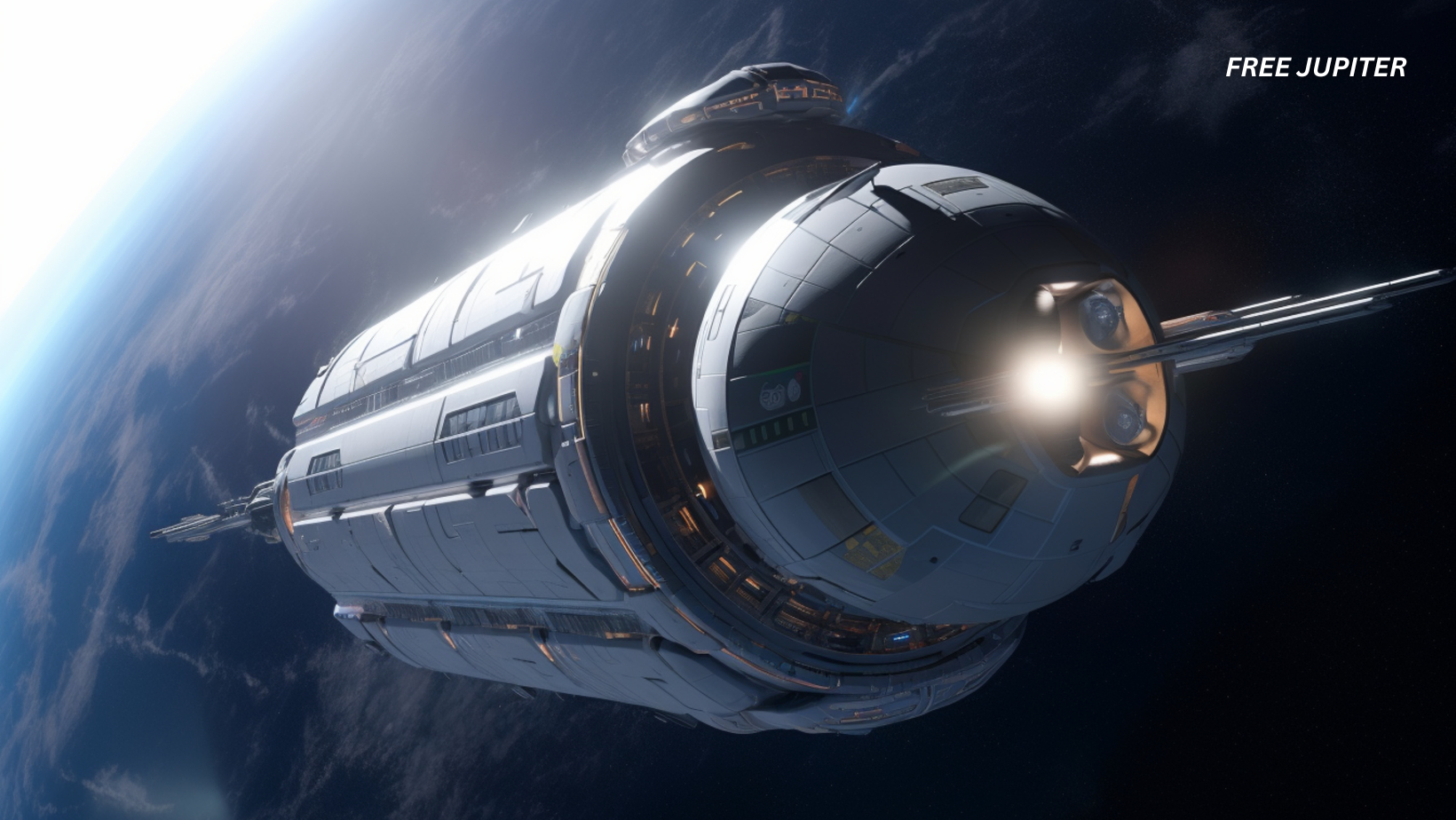Friendly Note: FreeJupiter.com shares general info for curious minds 🌟 Please fact-check all claims—and always check health matters with a professional 💙
Picture this: You board a ship so large it feels like a floating city. You wave goodbye to Earth, knowing you will never return. You won’t even live to see your destination—and neither will your children or grandchildren. But your family’s journey will change the course of human history.
That is the dream behind Chrysalis, a massive spacecraft concept that could take up to 2,400 people on a one-way trip to Alpha Centauri, the closest star system to our own. The trip would take around 400 years, meaning entire generations would live and die aboard the ship before it reached its new home.
Why Alpha Centauri?
Alpha Centauri might sound like something from a science fiction movie, but it’s a very real place—just extremely far away. It sits about 25 trillion miles (40 trillion kilometers) from Earth. Even light, which moves faster than anything else in the universe, takes over four years to travel that distance.
Chrysalis’s destination is Proxima Centauri b, a planet in that star system that’s similar in size to Earth. Scientists believe it might be in the right temperature range for liquid water, which makes it one of the most promising candidates for life beyond our solar system. Nobody knows for sure what it’s like—whether it’s a paradise of oceans and forests or a barren rock—but it’s the best shot we’ve got nearby.
The 400-Year Reality
Getting to Alpha Centauri is no small feat. Even with the advanced engines imagined for Chrysalis—powered by nuclear fusion—it would still take about four centuries to arrive.
That means the people who start the journey won’t be the ones to finish it. Instead, the mission would pass from parents to children, from children to grandchildren, and so on, until one day, far in the future, their descendants would set foot on a new world.
Read more:The “Strongest Evidence So Far” of Alien Life Has Been Found in James Webb Data
Training on Earth Before Departure
Life in deep space is not just a technical challenge—it’s a human one. How do you keep people happy and healthy in a place they can’t leave?
The Chrysalis plan proposes a bold idea: before launch, the first group of settlers would live for 70 to 80 years in Antarctica. This frozen, remote continent would act as a rehearsal for life on the ship, where isolation, limited resources, and extreme conditions would be the norm.
If you can thrive in Antarctica for decades, you might just be ready for life in a starship.
A Ship Like No Other
Chrysalis wouldn’t just be big—it would be huge. At 36 miles (58 kilometers) long, it would dwarf any structure ever built by humans. Its design would resemble a Russian nesting doll, with layers of living and working spaces wrapped around a central core.
The whole ship would spin slowly, creating artificial gravity so that people could walk, eat, and live much like they do on Earth.\
The Six Layers of Chrysalis
Every layer of Chrysalis would have a specific job, turning the ship into a fully functioning miniature world.
- The Core – Control and Transport
The central hub would hold the command center, communications equipment, and shuttles to land on Proxima Centauri b once the ship arrives. - Food Production Zone
Surrounding the core would be a giant agricultural ring filled with crops, fungi, insects, livestock, and even entire artificial forests. This diversity would help ensure that future generations have fresh food and a stable environment. - Community Spaces
Parks, schools, hospitals, and libraries would fill this layer—places for people to learn, relax, and gather. - Residential Areas
Here, families would live in homes equipped with advanced air systems, heating, and cooling. Every detail would be designed for comfort and sustainability. - Industrial Zone
This layer would house recycling plants, factories, and medical labs. It would be the ship’s workshop, ensuring it could repair and replace anything without relying on Earth. - Outer Storage Shell
The outermost layer would be a massive warehouse for tools, spare parts, and resources. Robots would do most of the work here to reduce human risk.
Read more: Denmark Will Give Citizens Copyright Over Their Own Faces to Fight Deepfakes
Managing Life Over Centuries
Running a ship for 400 years takes careful planning.
Population size would be controlled, with a target of 1,500 people—comfortably below the maximum capacity of 2,400—to make sure resources last. Birth rates would be planned to avoid overpopulation.
Governance would be a partnership between human leaders and artificial intelligence. The AI would help manage resources, keep detailed records, and ensure knowledge is passed down through generations. In this way, the mission wouldn’t lose direction over time.
The Challenges Ahead
Right now, Chrysalis is just an idea. The technology for a ship like this—especially nuclear fusion engines—doesn’t yet exist. We also don’t have a way to build something so massive in space.
And then there’s the human side:
- How do you keep a community happy for centuries?
- How do you prevent conflict in a place where there’s nowhere to escape?
- What happens if a major system breaks and can’t be fixed?
These are questions engineers, scientists, and psychologists are still trying to answer.
Why It’s Worth Thinking About
Even if Chrysalis is never built, projects like it are valuable because they push us to solve problems that will matter for future space missions.
Many of the ideas developed for Chrysalis—such as closed-loop farming, self-sustaining industries, and psychological support for isolated crews—could also help us build Moon bases, Mars colonies, or long-term space stations.
A Tradition of Big Ideas
Chrysalis joins a long list of bold space concepts:
- Project Orion (1950s) – A spaceship powered by nuclear bombs.
- Project Daedalus (1970s) – A massive probe designed to reach a nearby star in 50 years.
- Generation Ship Stories – Science fiction tales exploring the social challenges of long voyages.
Each idea, whether real or fictional, adds to our understanding of what it would take to travel between the stars.
The Verdict
The Project Hyperion judges praised Chrysalis for its smart, coherent design and incredible attention to detail. The five-person team behind it took first place in the competition—and although the ship exists only in plans and digital models, it has already sparked conversations about the future of humanity in space.
For now, Chrysalis remains a dream. But if humans are still around centuries from now, designs like this could be the stepping stones that take us beyond our solar system—turning what was once science fiction into our next great adventure.










